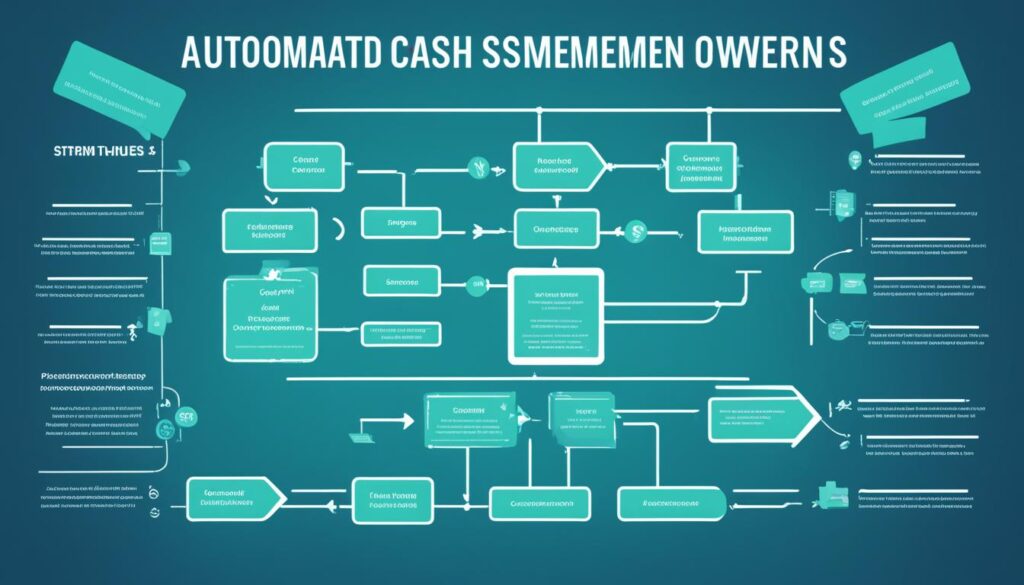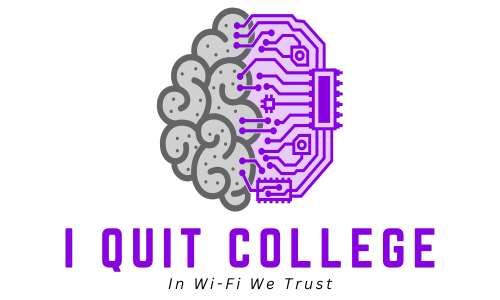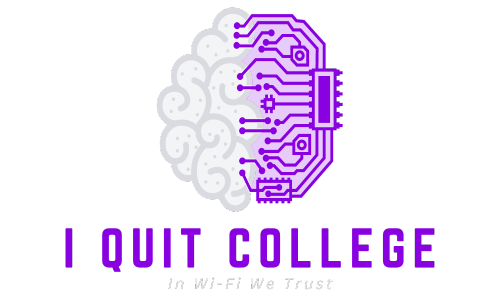Successful cash flow management is essential for small business owners to maintain financial stability and drive growth. By implementing effective strategies, such as cash flow analysis and forecasting, business owners can ensure they have enough cash on hand to cover expenses and take advantage of opportunities for expansion. In this section, we will explore valuable financial tips to help small business owners manage their cash flow effectively.
Key Takeaways:
- Implement cash flow analysis and forecasting to ensure sufficient cash on hand.
- Manage cash flow effectively to cover expenses and seize growth opportunities.
- Focus on strategies for cash flow management to drive financial stability.
- Utilize financial tips to optimize cash flow for small businesses.
- Continuous monitoring and adjustment of cash flow strategies are crucial for long-term success.
Set Realistic Profit Goals for Cash Flow Projection
One crucial step in managing cash flow is setting realistic profit goals. By determining when you want to break even and projecting your cash flow based on these goals, you can focus your efforts and have a clear benchmark for monitoring your financial health.
Cash flow planning and optimization play key roles in improving cash flow. By accurately forecasting sales and expenses, business owners can make informed decisions about resource allocation and identify areas for improvement.
It’s important to consider various factors when setting profit goals. Analyzing market trends, competition, and business growth potential will enable you to establish achievable milestones that align with your company’s objectives.
“Setting realistic profit goals allows small business owners to track their progress and make informed decisions to optimize cash flow.” – John Smith, Financial Advisor
Focus on Cash Flow Planning and Optimization
Cash flow planning involves carefully analyzing your inflows and outflows to determine the optimum allocation of resources. By accurately forecasting sales and expenses, you can identify potential gaps or areas of improvement in your cash flow.
Optimizing cash flow is a continuous process that involves implementing effective strategies to enhance the inflow and reduce the outflow of cash. This may include negotiating better payment terms with suppliers, incentivizing early payments from customers, or implementing cost-saving measures within your organization.
By focusing on cash flow planning and optimization, you can ensure a steady cash flow that meets your business’s financial obligations and promotes growth.
Benefits of Setting Realistic Profit Goals
Setting realistic profit goals provides multiple benefits for small business owners.
- Clear benchmark: Profit goals provide a clear benchmark for monitoring financial performance and progress towards achieving desired outcomes.
- Resource allocation: By having a clear profit goal in mind, you can effectively allocate your resources to areas that will generate the most revenue and contribute to achieving your financial objectives.
- Identifying improvement opportunities: Regularly reviewing and assessing your progress towards profit goals allows you to identify areas in your business that need improvement. This insight enables you to take proactive measures to optimize cash flow and overall financial performance.
Setting profit goals and focusing on cash flow planning and optimization are crucial steps in improving and maintaining a healthy cash flow for your small business.
| Benefits of Setting Realistic Profit Goals | |
|---|---|
| Clear benchmark | Resource allocation |
 |
|
| Identifying improvement opportunities |
Automate Processes and Stay on Top of Invoicing
To streamline cash flow management and ensure effective cash flow solutions, small business owners should consider automating processes and staying on top of invoicing. By implementing automation tools and systems, businesses can optimize their cash flow management and improve overall efficiency.
One effective way to automate processes is by implementing a Customer Relationship Management (CRM) system. A CRM system can help sync invoicing platforms and provide visibility into accounts receivable and accounts payable. This enables business owners to track and manage their cash flow more effectively, ensuring timely invoice payments and minimizing the risk of cash shortages.
Additionally, maintaining clear payment terms and sending out invoices promptly are cash flow best practices. Clear payment terms help set expectations with clients and improve cash flow by reducing payment delays. Sending out invoices promptly ensures that payment requests are made in a timely manner and can help speed up the accounts receivable process.
By automating processes and staying on top of invoicing, businesses can effectively manage their cash flow, minimize manual errors, and improve overall financial stability.

Control Expenses and Negotiate Payment Terms
Effectively managing cash flow requires careful control over business expenses and strategic negotiation of payment terms. By taking a proactive approach to optimize cash flow, business owners can maximize resources and drive financial success. Here are some key strategies to consider:
Evaluate Expenses with an Investment Mindset
When it comes to managing expenses, adopting an investment mindset is crucial. Rather than simply focusing on cutting costs, business owners should evaluate expenses based on their potential return on investment. This approach ensures that every dollar spent contributes to the growth and profitability of the business. By prioritizing expenses that have a direct impact on cash flow optimization, businesses can allocate resources effectively and drive sustainable growth.
Control Spending and Reduce Costs
Controlling spending is a fundamental part of cost reduction and cash flow optimization. By closely monitoring expenditures and implementing cost-saving measures, businesses can minimize unnecessary expenses and improve their overall financial health. Effective strategies for reducing costs may include:
- Negotiating lower prices with suppliers
- Exploring bulk purchasing opportunities
- Implementing energy-efficient practices to reduce utility expenses
- Reevaluating service providers to ensure competitive pricing
By implementing these cost reduction strategies, businesses can free up cash flow and increase profitability.
Leverage Automation for Efficiency
Automation plays a pivotal role in optimizing cash flow by streamlining processes and minimizing manual tasks. Business owners can leverage automation tools and software to automate routine financial processes such as invoicing and expense tracking. By reducing administrative burden and minimizing the risk of human error, automation contributes to efficient cash flow management. Additionally, automation can improve financial visibility and provide real-time insights to make informed decisions about cash flow optimization.
Negotiate Favorable Payment Terms
Negotiating payment terms with clients and suppliers is another effective strategy for optimizing cash flow. By extending payment terms with suppliers, businesses can delay cash outflows and align payment schedules with their own cash inflows. Similarly, negotiating shorter payment terms with customers can ensure timely collections and reduce the risk of cash flow gaps. Effective negotiation skills allow business owners to create mutually beneficial agreements that support cash flow optimization.
By controlling expenses and negotiating favorable payment terms, business owners can optimize cash flow, reduce financial stress, and position their businesses for long-term success.
Conclusion
Effective cash flow management is crucial for small business owners to maintain financial stability and foster growth. By implementing the tips discussed in this article, including setting realistic profit goals, automating processes, controlling expenses, and negotiating payment terms, business owners can optimize their cash flow and ensure they have sufficient funds to cover their obligations.
Setting realistic profit goals allows small business owners to project their cash flow accurately, providing a clear benchmark for monitoring their financial health. By automating processes and staying on top of invoicing, businesses can streamline cash flow management, ensuring timely payments and avoiding cash shortages.
Controlling expenses and negotiating favorable payment terms are also essential for effective cash flow management. By evaluating expenses with an investment mindset and reducing costs where possible, business owners can optimize their cash flow. Negotiating payment terms with clients and suppliers aligns payment schedules with the business’s needs, improving financial stability.
By taking proactive steps to manage their cash flow, small business owners can position themselves for long-term success. Effective cash flow strategies not only help businesses thrive but also provide a solid foundation for sustainable growth and financial stability.






